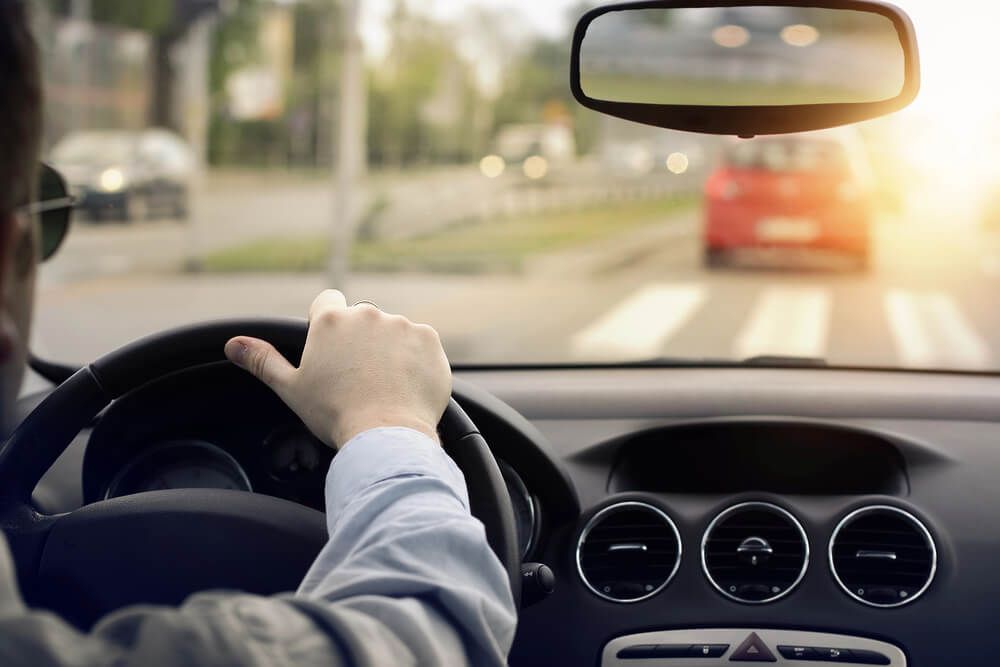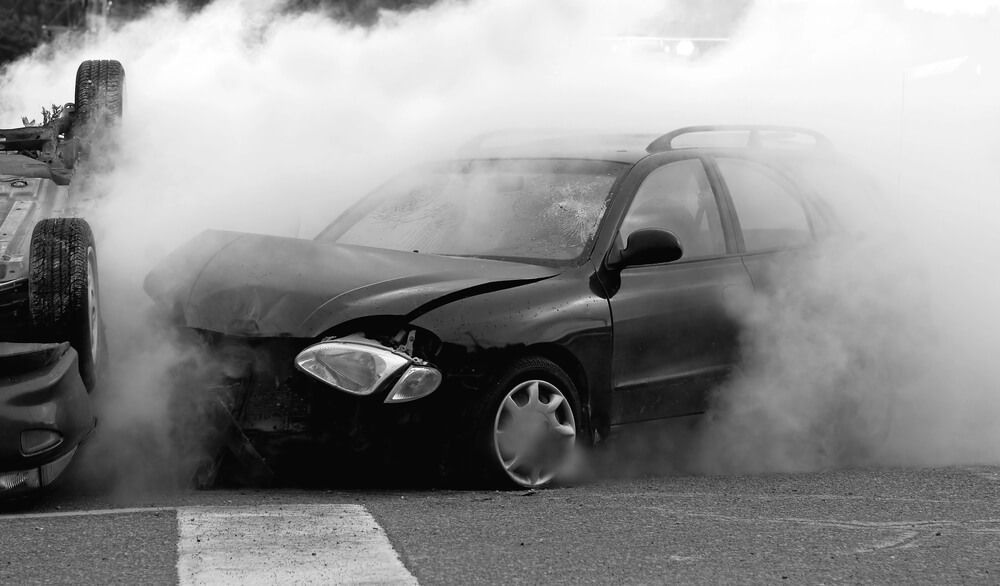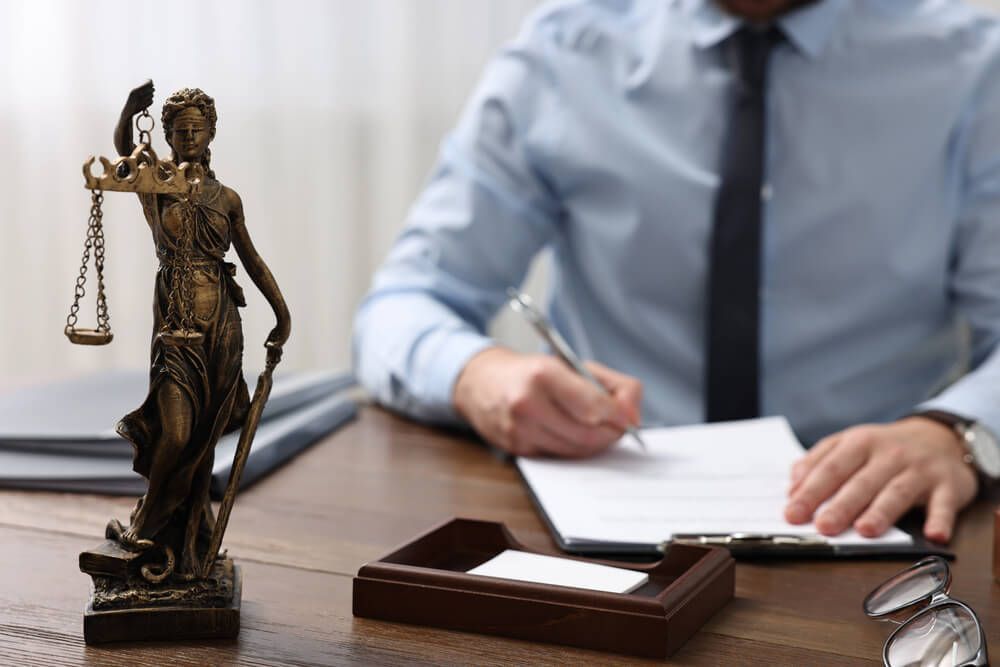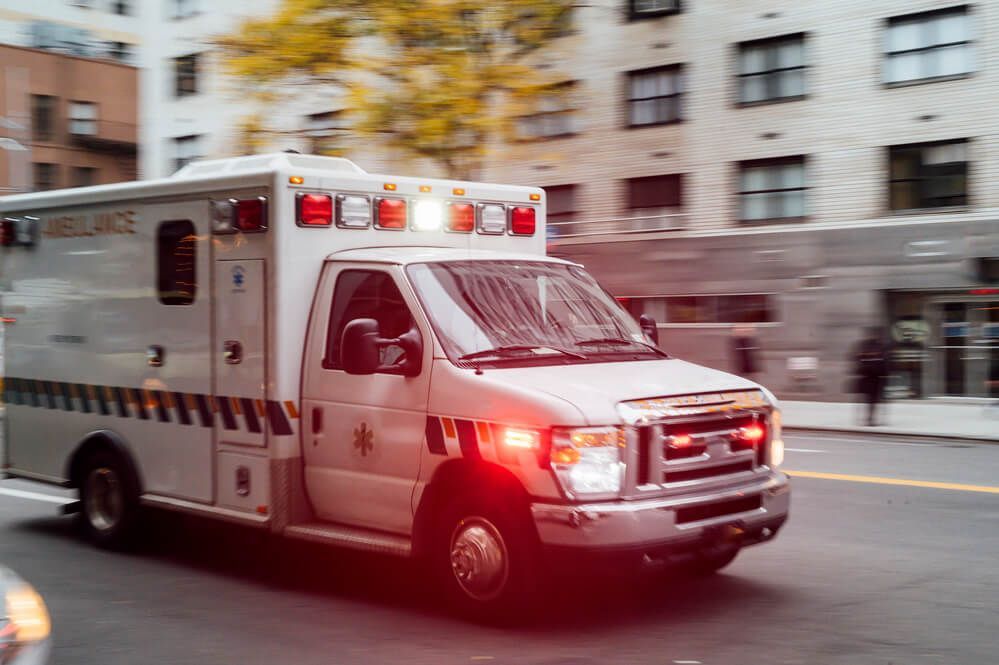Who Has the Right of Way at an Uncontrolled Intersection in Arizona?
Recent Blog Posts
Who Has the Right of Way at an Uncontrolled Intersection in Arizona?
It’s important to practice safety and be aware of relevant laws when a pedestrian is crossing an intersection – especially if it’s an intersection with no traffic signals or signs to guide you. Understanding who has the right of way at an uncontrolled intersection in Arizona will help you to stay safer on city roads.
What Is an Uncontrolled Intersection?

An uncontrolled intersection is an intersection without any traffic signals, stop signs or yield signs to regulate the flow of vehicles. These intersections are common in residential areas or rural roads. When approaching an uncontrolled intersection, drivers must follow right-of-way rules to avoid collisions.
Right-of-Way Rules at Uncontrolled Intersections
The general rule is that the first vehicle to arrive at the intersection has the right of way. This means if you arrive at the intersection and no other vehicles are present, you can proceed with caution.
If two or more vehicles arrive at the intersection simultaneously, the vehicle on the right has the right of way. This rule is designed to prevent confusion and ensure a smooth flow of traffic. For example, if you approach the intersection at the same time as a vehicle to your right, you must yield to that vehicle before proceeding.
When making a left turn at an uncontrolled intersection, you must yield to oncoming traffic even if you arrived first. This ensures that vehicles going straight through the intersection can do so without having to stop for turning vehicles.
Pedestrians and cyclists also have rights at uncontrolled intersections. Motorists must yield to pedestrians who are already in or about to enter the intersection. Similarly, drivers must treat cyclists with the same consideration as other vehicles, and motorists should yield the right of way to them when appropriate.
Special Situations: T-Intersections and Emergency Vehicles
At T-intersections, the vehicle on the terminating road (the road that ends) must yield to vehicles on the continuing road. This rule helps manage the flow of traffic where one road ends and another continues uninterrupted.
Emergency vehicles with active lights and sirens always have the right of way at intersections. All other vehicles must yield and allow these vehicles to pass safely.
Safety Tips for Uncontrolled Intersections
The first thing you should do when approaching an uncontrolled intersection is slow down. As you approach the intersection, be sure to look both ways to see if there are any pedestrians, cyclists or other vehicles. If you’re unsure who has the right of way, it’s safer to yield to other vehicles and wait until the intersection is clear. According to the U.S. Department of Transportation, intersections contribute to nearly half of traffic injuries across the nation.
Understanding Who Has the Right of Way at an Uncontrolled Intersection
Regardless of who has the right way at an uncontrolled intersection, safety is everybody’s responsibility. If you have been in an accident at an intersection, contact us at Sargon Law Group to schedule a free consultation with a Phoenix accident lawyer. Our personal injury attorneys in Phoenix are committed to fighting for the rights of accident victims and helping victims receive the compensation they deserve.






